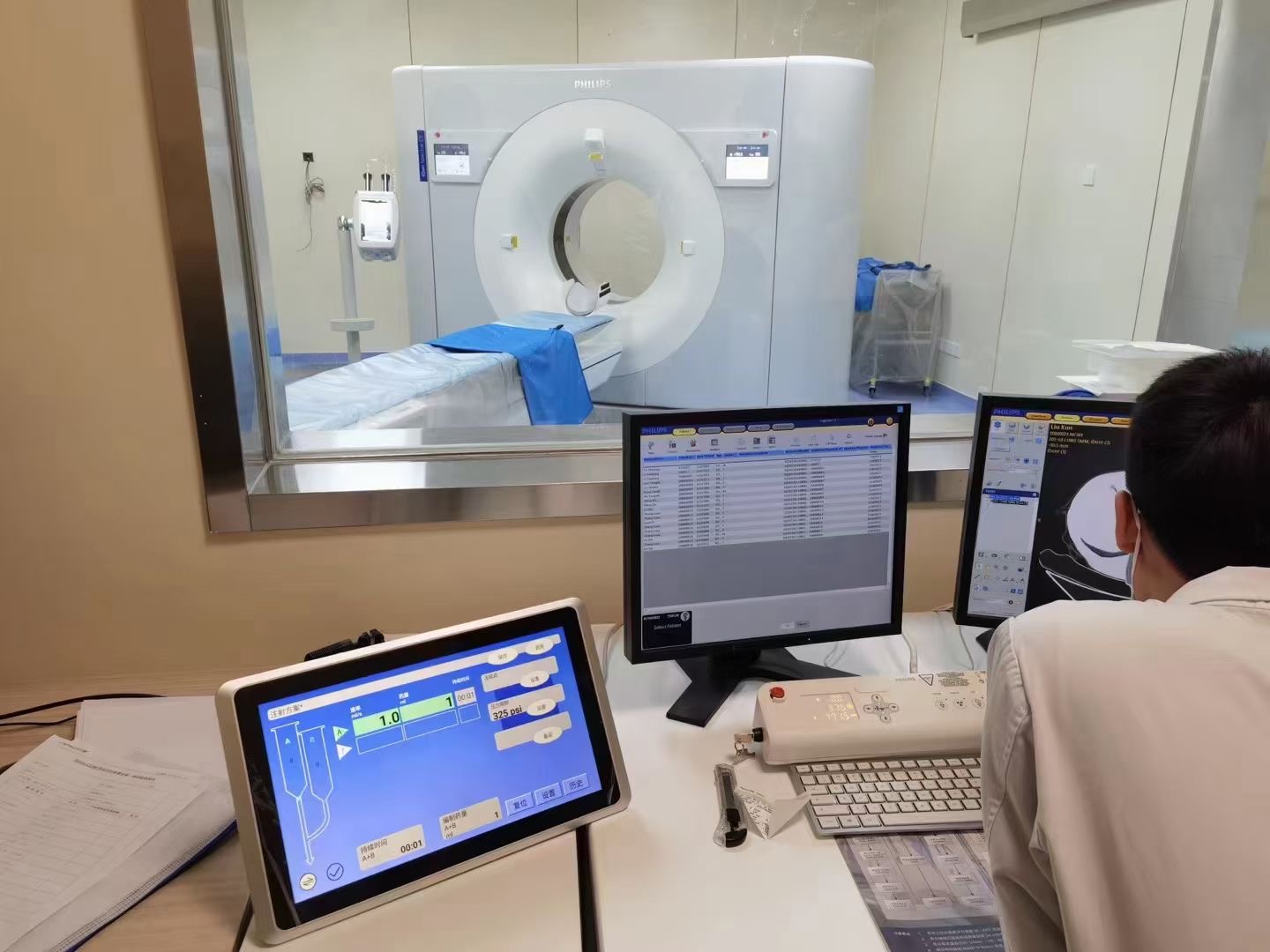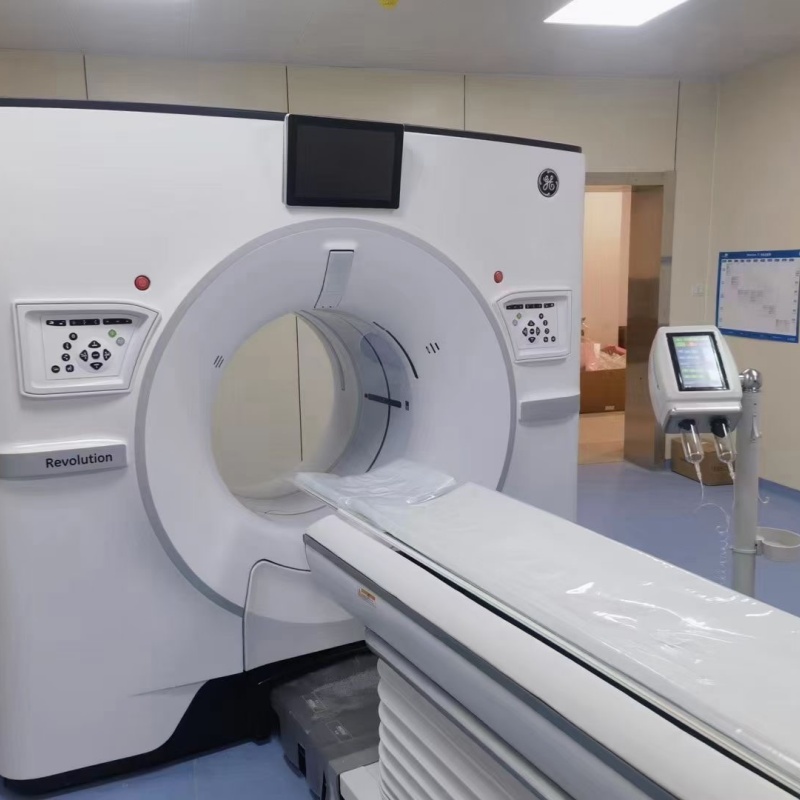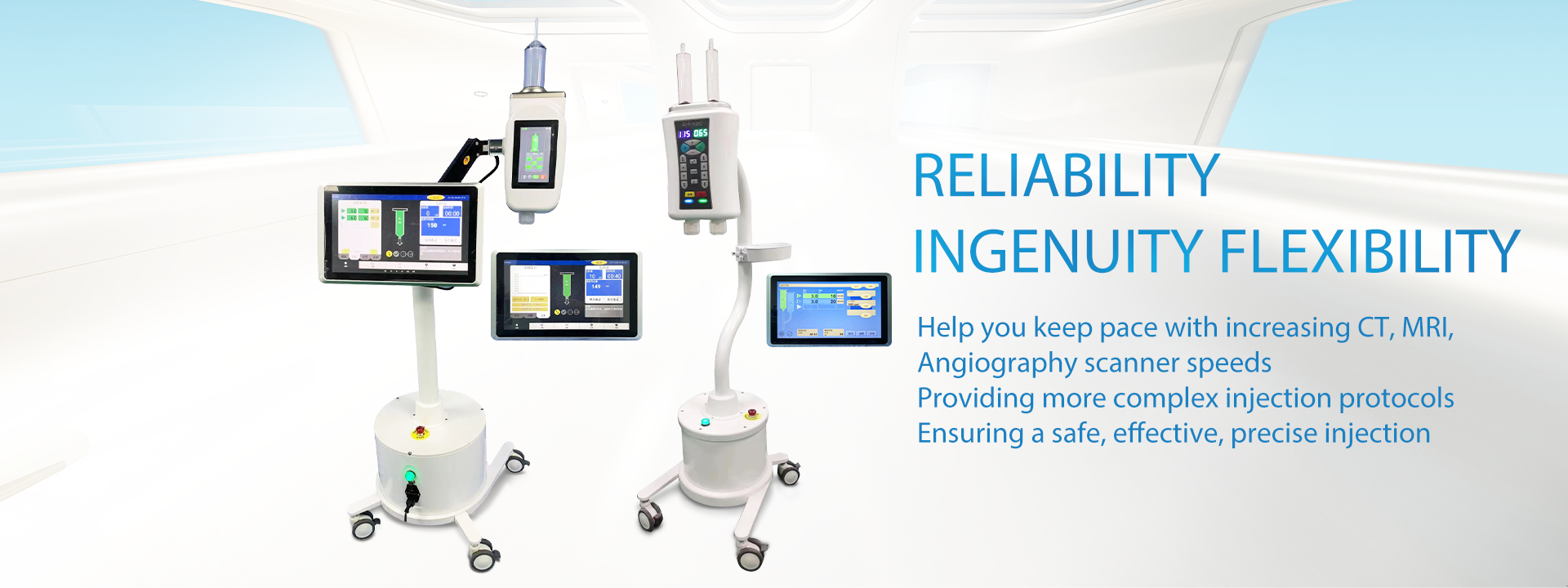The National Lung Screening Trial (NLST) data indicates that computed tomography (CT) scans can lower lung cancer mortality by 20 percent in comparison to chest X-rays. A fresh examination of the data indicates that it might also be economically viable.
Historically, lung cancer screening patients have been done with a chest X-ray, a relatively low-cost method of diagnosis. These X-rays are shot through the chest, causing all of the structure of the chest to be superimposed in the final 2D image. While chest X-rays have many uses, according to a recent press release from Brown University, a major study conducted four years ago, the NLST, showed that X-rays are completely ineffective in cancer screening.
In addition to demonstrating the ineffectiveness of X-rays, the NLST also showed that mortality was reduced by about 20 percent when low-dose spiral CT scans were used. The goal of the new analysis, conducted by epidemiologists at Brown University, is to find out whether regular CT scans – which cost much more than X-rays – make sense for the health care system, according to the press release.
Such questions are important in today’s healthcare environment, where the cost of performing regular CT scans on patients may not benefit the system as a whole.
“Increasingly, cost is a critical factor, and allocating funds to one area means sacrificing others,” remarked Ilana Gareen, an assistant professor of epidemiology at Brown University’s School of Public Health, in the press release.
A study published in the New England Journal of Medicine revealed that low-dose CT screening costs approximately $1,631 per person. The team calculated incremental cost-effectiveness ratios (ICERs) based on various assumptions, resulting in ICERs of $52,000 per life-year gained and $81,000 per quality-adjusted life year (QALY) gained. QALYs account for the difference between living in good health and surviving with significant health issues, as stated in the press release.
ICER is a complex metric, but the rule of thumb is that any project under $100,000 should be considered cost-effective. While these results are promising, the calculations are based on a number of assumptions that significantly influence the results. With this in mind, the study’s main conclusion is that the financial success of such screening programs will depend on how they are implemented.
While imaging lung cancer using CT scans is more effective than using X-rays, research is ongoing to further improve CT scans. Recently, an article published on Med Device Online discussed imaging software that could help improve the detection of lung nodules.
——————————————————————————————————————————————————————————————————————————————————————————-
About LnkMed
LnkMed is a professional manufacturer focusing on the research, development, production and sales of high pressure contrast agent injectors and supporting consumables. If you have purchasing needs for CT single contrast media injector, CT double head injector, MRI contrast agent injector, Angiography high pressure injector, as well as syringes and tubes, please visit LnkMed’s official website: https://www.lnk-med.com / for more information.
Post time: May-07-2024











